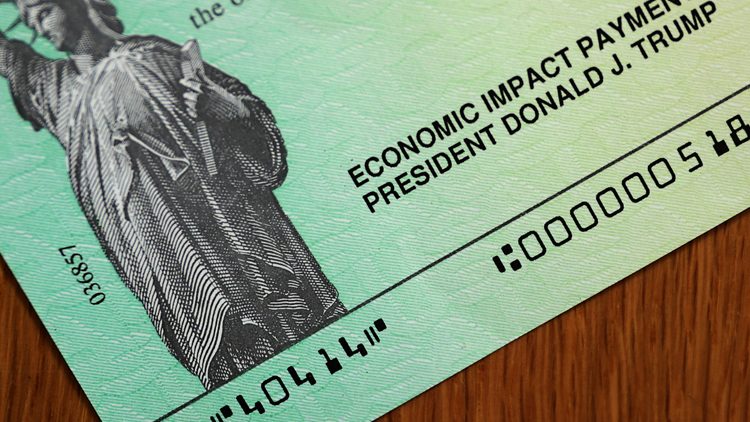BY ELIZABETH CRISP,
The federal government mistakenly sent more than $1.4 billion in coronavirus stimulus checks to dead people earlier this year in the flurry to get money to people hurting as businesses across the country shut down to slow the virus’ spread, according to a government watchdog’s new report.
The Government Accountability Office’s first review of the federal government’s response to the coronavirus describes a series of confusions and contradictory rules that left gaps that created the potential for fraud in the massive direct payment program for individuals.
Officials from the IRS and Treasury Department, which jointly handled the direct payment program for individuals, described miscommunications and other problems.
According to the report, an IRS working group first raised questions with Treasury officials about payments to people no longer living in late March as Congress was drafting the CARES Act. Meanwhile, Treasury officials pointed to language in the CARES Act mandating that economic impact payments be delivered as “rapidly as possible.”
“To fulfill this mandate, Treasury officials said Treasury and IRS used many of the operational policies and procedures developed in 2008 for the stimulus payments, and therefore did not use the death records as a filter to halt payments to decedents in the first three batches of payments,” the GAO’s report states.
The federal government distributed more than 160 million payments worth $269.3 billion, according to the GAO.
The report notes that the tally of money that went to the deceased may be lower because it doesn’t reflect returned checks or rejected direct deposits. The IRS and Treasury are still working to determine a final figure. But the GAO warns that any future stimulus checks, which federal officials continue to mull, could face the same fraud risks if they don’t implement key measures, such as checking death records.
The direct payment program’s pitfalls are among several issues raised in the GAO’s review of how the federal government has handled the coronavirus pandemic so far.
“Given the sweeping and unfolding public health and economic crisis, agencies from across the federal government were called on for immediate assistance, requiring an unprecedented level of dedication and agility among the federal workforce, including those serving on the front lines to quickly establish services for those infected with the virus,” the GAO concluded. “Consistent with the urgency of responding to serious and widespread health issues and economic disruptions, agencies have given priority to moving swiftly where possible to distribute funds and implement new programs. As tradeoffs were made, however, agencies have made only limited progress so far in achieving transparency and accountability goals.”
It’s not clear how much the federal government has spent on the coronavirus response because, under guidance from the Office of Management and Budget, agencies do not have to report obligations and expenditures until July.
The report notes that a separate program meant to help small businesses has promised $512 billion in guaranteed loans, but the GAO reported that the Small Business Administration wouldn’t commit to addressing fraud risks and hasn’t said how it plans to oversee the loans moving forward.
Also, the demand for personal protective equipment and other critical health care supplies quickly outpaced what was in the Strategic National Stockpile at the start of the pandemic, but GAO also found concerns among state, local and federal officials about how existing supplies were distributed and others were acquired.
Original article was published here.






Facebook Comments